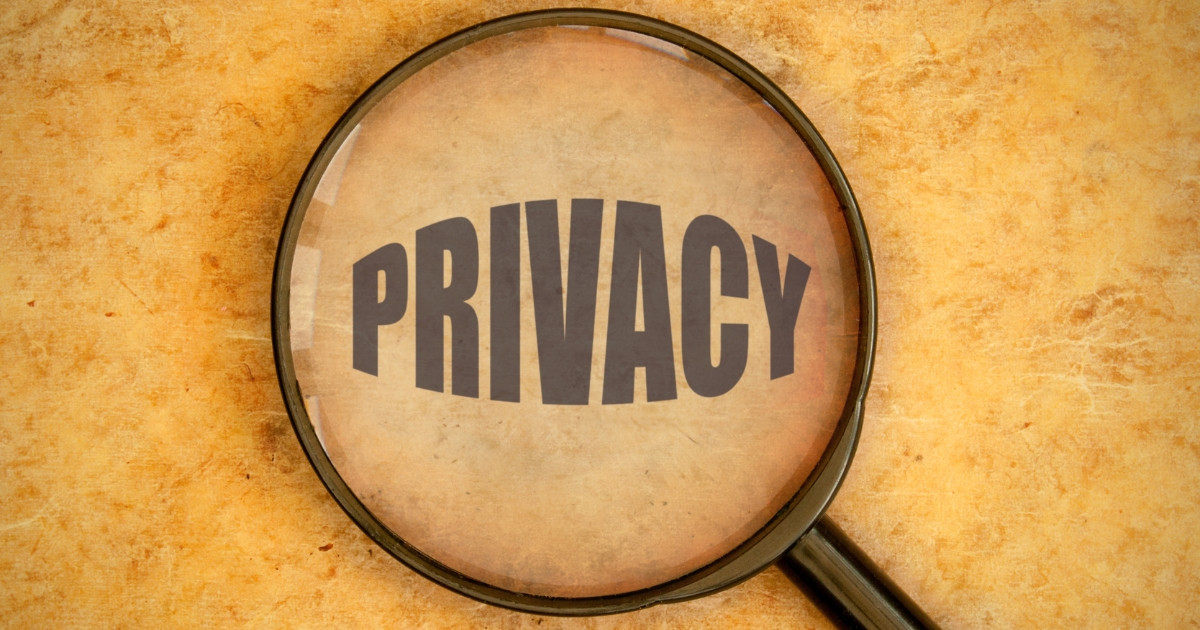
I Became a Resentful Employee
I'm Anna Krueger from Therapy Biztech. That's a picture of me a few years ago, when I was a private practice speech language pathologist.
Perhaps you are not receptive to private practice. You might be thinking, "Hey Anna, I just want a regular job where I'm respected. More than anything else, I'm just hoping to find a less toxic work environment. I have bills to pay so don't talk to me about spending money foolishly on training that I don't want."
Perhaps you want a small private practice that gives you a professional income.
"I don't want subcontractors. I would love to have a lucrative income stream that is somehow automated. I have ideas but I don't know how to make them a reality."
I am here to tell you how I did it. I spent many years feeling disappointed in my career choice of speech language pathology because of my experiences as an employee in public jobs.
I Wanted a Public Job
When I graduated as a speech language pathologist, I dreamt of having a publicly funded job. I'm talking about a job in a school district, or a hospital, or a health unit. I wanted to be an employee with job security and health insurance benefits.
I knew that publicly funded jobs create the standard of what therapists should earn. It is not just the hourly pay. It's the total yearly salary, the vacation benefits and the retirement package. I wanted a reliable professional salary.
Moving to a small town to get that type of position was out of the question. My husband's job kept us in Vancouver, a large city. We had a toddler who needed my attention. Putting her in full-time daycare didn't appeal to me.
Consequently, I spent many years working as a casual employee. You may be aware that casual employees don't generate seniority. Only permanent positions offer that important advantage.
I covered for therapists who were on maternity leave. I loved reading the confidential case files. I could see the clinical notes as well as the formal reports. These positions taught me all about my scope of practice and how to do assessments and therapy. The jobs had high clinical standards. There was enough time in my day to serve my caseload well. It was fulfilling to be a clinical professional in these settings.
"Obviously, that was a long time ago. The situation in public jobs in Canada is bleak now," you might argue.
Yes, nevertheless the point I want to make is...
Here in Canada, publicly funded jobs provide the standard for the scope of practice for the profession. Employees are paid for all the support activities required for the job, not just for the client-contact hours.
There Were Not Enough Public Jobs
I felt sad when each position came to an end. The regular employee would be back from maternity leave and I would be out of work again. It didn't matter how well-written my assessments were or how effective my therapy programs had been. My relationships with clients, families and colleagues all came to an abrupt halt. I had to shake off my disappointment and apply for the next opening.
As a casual employee working in a union environment, I was not building up seniority. On a few occasions, I did manage to get permanent part-time positions but even these ended suddenly due to budget cuts. I was always the first one to be laid off. During a five year period, I held seven different positions.
After many years of struggle, I felt so frustrated by the limited opportunities for stable employment as a speech language pathologist. There were not enough public jobs in speech language pathology.
Maybe the same is true of your profession.
Has being an employee with a reliable salary been your dream? Does the downside of leaving your community make that less desirable? Have you have tried to break into a union environment as a casual employee? Have you left a public job because of stress or resentment?
"I feel so discouraged," you might be saying to friends and family.
You are not alone. I know your struggle is real. There are major differences between working as an employee, a contractor or an entrepreneur. I have done all three over the course of my career.
Read more about the three career paths for therapists HERE.

Therapists can choose to work as employees, contractors or entrepreneurs in private practice. I have done all three. My decisions were guided by what my family needed at that time.
Read more...
Display professionalism when you are billing for your therapy services.
Q: Should therapists charge less for telepractice sessions than they do for same-location sessions?
Don't use two different rates for your time. There is a risk that telepractice service delivery will be devalued if we charge less for telepractice sessions than same-location sessions. Your time is your time.
Be loyal to your telepractice colleagues. You might find that telepractice limits your ability to do assessments and therapy the old way. You might feel that it is not as good as being in the same location. Be careful. This is only your experience so far. It is a steep learning curve and others are further along. Your colleagues might be experiencing unprecedented success as telepractice professionals.
Let me emphasize that concept again. You are billing for your time in offering clinical services. Don’t use two different rates.
Q: Should I ask funders to give consent for telepractice service delivery?
Insurance companies and funding agencies require your dates of service, your hourly rate and the length of your session. Most of them want to see the words “assessment” or “therapy” on the invoice.
In my opinion, there should be no requirement to specify if the session was delivered by telepractice. Imagine how silly it would seem to ask a funder for permission to provide services at a small blue table. I believe that in the future telepractice will be recognized as a normal type of service delivery. It won’t be seen as something that requires consent from a funding source. I should add the disclaimer that this not necessarily how insurance companies and funders are currently responding.
Q: Should I bill for software licenses that I am using in therapy?
No, the software that you need for your clinical caseload is your expense. Most funders have no interest in reimbursing you or your client for software. Furthermore, it conveys a lack of professionalism to ask for funding for any kind of supplies or expenses. I came to this conclusion early in my career, when I billed a client for a long-distance call. The client laughed at me.
Don’t add unnecessary details to your invoices. Just set your hourly rate high enough to cover your expenses. I used the generic description “speech language therapy services” on all my invoices. I paid for online licenses and shipped commercial therapy products to clients at my expense. I encourage you to define your services as therapy, not software or product sales.
Q: Should I bill for asynchronous services?
Yes. ASHA’s definition of telepractice is a brilliant, future-proof definition. Synchronous service is easy to comprehend. Your client is in attendance. Take a moment to reflect on services that you provide that are asynchronous or a hybrid. Do you bill for time the time you spend looking at user generated data on a server? Traditionally, therapists would call this “monitoring.”
Do you bill for assessments and progress reports that are generated by software? You should. Those reports guide your therapeutic process.
How we communicate with funders will shape the future. Let me say it one more time, your time is your time! Don't devalue the asynchronous methods that help your clients reach their goals. As a telepractice professional, your clinical services will look different than they did in the past. Embrace this concept and teach others to embrace it.

Privacy protection laws apply when a therapist is sending out marketing messages.
Q: If I collect leads using an online form on a website, where does that data go?
As a service provider, you will collect leads from the public. If you use an online form, the data entered on such forms goes to the server that is hosting your website, or to the server hosting your form builder app. It is possible to store this data on a server in Canada if you choose your software and apps carefully.
If you use Google apps or surveys, for instance, all the information your leads have entered on your forms will be processed by US based servers.
Q: How do I protect the data I am collecting on my website?
People will be reluctant to use your online form if your site is not secure. This is revealed to the public in the URL by a lock icon and then https://. If your website doesn’t have this yet, contact your hosting company to upgrade to a higher level of security.
HTTPS provides what is called "encryption in transit". This means that the data and communications between a browser and website server are in an encrypted format, so if these packets of data are intercepted, they cannot be read or tampered with.
Q: Can I send out bulk email campaigns or newsletters?
It is not legal to send advertising messages to people who don’t want to hear from you. The very first step is to build a robust list of names and email addresses. These leads should be people who have filled in an online form or interacted with you or your business.
Email programs like Gmail or Outlook work best if the person you are emailing already has your email address in their list of contacts. Your message will reach the person’s inbox.
If you try to use your regular email program to reach a group of people, you will be limited to a small number of recipients. If you try to send to more people, you may get blocked from sending emails. These email programs are not designed for sending bulk campaigns to a large group of people.
You should use a bulk email program to send news and offers to the public. You can also create drip campaigns and automatic responses using this type of email software. Properly formatted email campaigns have an unsubscribe link. You should also provide a link with some identifying information about your business. If these two links are missing from your email campaigns, your messages with be identified as SPAM.
I recommend the AttractWell platform for therapists who want their website, marketing and online curriculum to be integrated. You don't need to waste time entering names and email addresses. That information is automatically stored in the contact list in your dashboard. You can send out single messages, bulk campaigns and customized campaign sequences using domain name email.

Privacy protection applies to all the interactions that therapists have with the public during the marketing phase.
Q: What is the difference between personal information and protected health information?
Personal Information (PI): Any recorded information, other than contact information, that uniquely identifies you is considered personal information. This includes your name, age, sex, race, religion, sexual orientation, disability, fingerprints or blood type. It also includes information about your health care, educational, financial, criminal or employment history. It also includes anyone else's opinions about you and your own views or opinions.
Protected Health Information or Personal Health Information (PHI): PHI generally includes demographic information, medical histories, test and laboratory results, mental health conditions, insurance information, and other data that a healthcare professional collects to identify an individual and determine appropriate care.
Q: Is there a Canadian law that is like HIPAA in the US?
Personal Information Protection and Electronic Documents Act (PIPEPA): In Canada, the federal law which gives people a right to access their personal information is PIPEDA. It requires organizations to obtain individuals’ consent to the collection, use or disclosure of their personal information. This law is more similar to the European GDPR law than it is to HIPAA because it applies to all personal information, not just health information.
As an online service provider in Canada, you are required to comply with PIPEDA. When you obtain personal information about a potential client, you are expected to protect that information with three types of safeguards:
- Administrative safeguards identify all written, spoken or electronic PI and prevent that information from being shared with people who should not have access to it. For example, a consent form for the release of information is an administrative safeguard.
- Physical safeguards like locked doors and employee badges prevent unauthorized people from being able to access workstations and electronic media.
- Technical safeguards, like user IDs, passwords and data encryption, keep the data hidden until an authorized recipient opens it.
In Canada, we have provincial privacy laws that are more stringent than our federal laws. Note that there is no federal law requiring Canadian service providers to keep their data on servers in Canada.
Q: How is HIPAA similar to PIPEDA?
Health Insurance Portability and Accountability Act (HIPAA): This US law applies specifically to health information. The purpose of HIPAA is to improve efficiency in the healthcare industry, to improve the portability of health insurance, to protect the privacy of patients and health plan members, and to ensure health information is kept secure, and patients are notified of breaches of their health data. Code sets are used along with patient identifiers, which helps with the efficient transfer of healthcare data between healthcare organizations and insurers, streamlining eligibility checks, billing, payments, and other healthcare operations.
HIPAA and PIPEDA have similar requirements for privacy protection, specifically the need for administrative safeguards, physical safeguards and technical safeguards.















